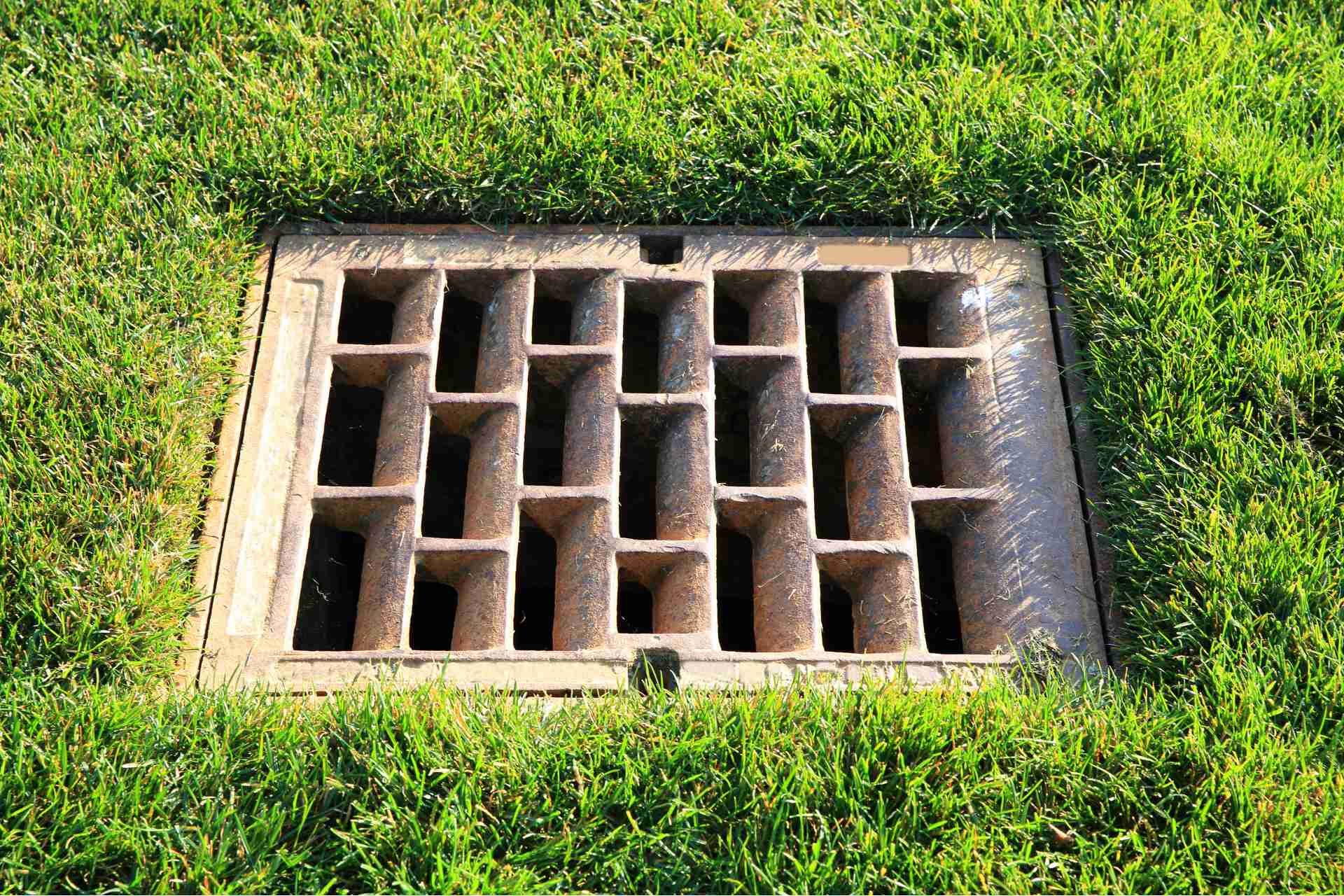Can Landscaping Be Done In Winter
You might think landscaping is just for spring and summer, but winter offers unique advantages too. It's a time to assess your landscape's structure and plan for future changes without the distraction of foliage. Plus, certain trees and shrubs thrive when planted now. Curious about how to make the most of your outdoor space in the colder months? Let's explore the benefits and techniques of winter landscaping.
The Benefits of Winter Landscaping
While many people think of landscaping as a spring or summer activity, winter landscaping offers unique benefits that can enhance your outdoor space year-round.
First, it allows you to assess and plan your landscape without the distractions of blooming plants or foliage. You can clearly see the structure of trees, shrubs, and pathways, making it easier to envision changes.
Additionally, winter landscaping can help protect your garden from harsh weather by ensuring proper drainage and reducing erosion. You can also incorporate hardscaping elements, like stone paths or patios, that stay visually appealing in winter.
Finally, winter landscaping can provide you with a peaceful, serene outdoor space to enjoy, even when it's chilly outside.
Choosing the Right Plants for Winter
When selecting plants for winter landscaping, it's essential to consider varieties that not only withstand cold temperatures but also add visual interest to your outdoor space.
Look for evergreens like holly and pine, which maintain their foliage and provide structure during winter months. Consider ornamental grasses, such as miscanthus or fountain grass, that sway gracefully in the wind and create texture.
Additionally, choose winter-blooming plants like witch hazel or hellebores to bring color and life to your garden. Don't forget about berries; they can attract birds and provide a pop of color against the snowy backdrop.
Preparing the Soil for Spring
As winter fades, preparing the soil for spring becomes essential for a thriving garden.
Start by clearing away any debris, like fallen leaves and weeds, which can harbor pests and diseases.
Next, check the soil's texture and drainage. If it's compacted, use a garden fork to aerate it, allowing air and nutrients to reach plant roots.
Incorporate organic matter, such as compost or well-rotted manure, to enrich the soil and improve its structure.
Testing your soil's pH can also guide you in making necessary adjustments.
Don't forget to add mulch to retain moisture and suppress weeds.
Planting Trees and Shrubs in Winter
If you want to get a head start on your garden, winter can actually be a great time for planting trees and shrubs. The cold temperatures help to minimize stress on the plants, allowing them to establish roots before spring.
Choose bare-root or container-grown trees and shrubs, as they adapt better in winter conditions.
Make sure to dig a hole that's wide and deep enough to accommodate the root ball. After placing the plant, backfill the hole with soil, and give it a good watering.
Applying mulch around the base helps retain moisture and protect roots from frost. Just be cautious of the ground being too frozen; if it is, wait for a thaw.
Happy planting!
Winter Pruning Techniques
After planting trees and shrubs, winter is also an ideal time to focus on pruning. During this season, you can easily identify the tree structure and remove any dead, damaged, or crossing branches.
Use sharp, clean tools to make precise cuts, which helps promote healthy growth in the spring. Aim to prune when temperatures are above freezing to avoid damaging the plant tissues.
For deciduous trees, cut back to the branch collar to ensure proper healing, while evergreens can be lightly trimmed to maintain shape.
Remember, less is often more; avoid over-pruning, as this can stress your plants.
Designing a Winter Garden
While winter might seem like a time to put your garden to rest, designing a winter garden can create a stunning landscape that brings joy even in the cold months.
Start by choosing plants that thrive in winter, like evergreens, winter-blooming flowers, or ornamental grasses. Incorporate textures and colors that pop against the snow, such as red twig dogwood or gold winterberry.
Add hardscape elements like stones, pathways, or decorative planters to create visual interest. Consider installing a cozy seating area with outdoor blankets, so you can enjoy the beauty of your garden.
Finally, use lighting to highlight features and create a magical atmosphere during the long, dark nights. With a little planning, your winter garden can be a delightful retreat.
Maintaining Your Landscape During Cold Months
As the temperatures drop and frost blankets your garden, it's essential to maintain your landscape to ensure its health and beauty through the colder months.
Start by clearing away fallen leaves and debris, as they can harbor pests and diseases. Next, protect your plants by applying mulch around their bases, which helps insulate the roots and retain moisture.
Water your evergreens thoroughly before the ground freezes, ensuring they don't dry out. If you have container plants, either bring them indoors or insulate them with burlap.
Regularly check for signs of damage or pests, and prune any dead or diseased branches.
Finally, keep pathways clear of snow and ice to prevent accidents and maintain access to your beautiful winter landscape.
Planning for Spring Blooms
With winter maintenance underway, it's the perfect time to start planning for the vibrant blooms of spring.
Begin by selecting the flowers you want to showcase. Think about colors, heights, and bloom times to create a stunning display. Don't forget to consider your local climate and soil conditions—this'll help you choose plants that thrive in your area.
Now's also a great time to sketch out your landscape design. Visualize where each flower will go and how they'll complement each other.
You can even order seeds or bulbs now, ensuring you have everything ready when the time comes to plant. By planning ahead, you'll ensure a colorful and flourishing garden that welcomes the warmth of spring!
Winter Hardscaping Ideas
When you're considering ways to enhance your outdoor space during winter, hardscaping can play a crucial role in creating a visually appealing landscape.
Think about adding stone pathways or patios that provide structure and interest, even when plants are dormant. You might also consider installing decorative boulders or sculptures to serve as focal points against a snowy backdrop.
Fire pits or outdoor fireplaces can create cozy gathering spots, allowing you to enjoy your yard despite the cold. Additionally, incorporating retaining walls not only adds dimension but can help manage snow and runoff.
Consider using warm-toned stones or bricks to contrast against the winter landscape, making your outdoor space inviting year-round.
Conclusion
In conclusion, winter landscaping offers you a unique opportunity to enhance your outdoor space while preparing for spring. By choosing the right plants, pruning wisely, and incorporating hardscaping elements, you can create a beautiful winter garden that thrives come warmer months. Don't overlook the potential of this season; embrace it! With a little effort now, you'll set the stage for vibrant blooms and lush greenery that'll delight you for years to come. Happy landscaping!








